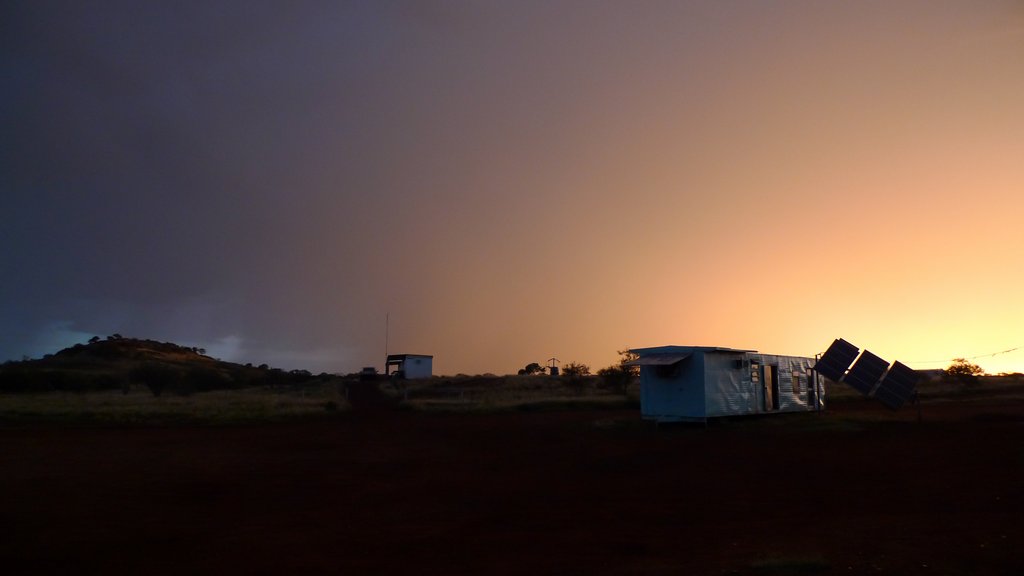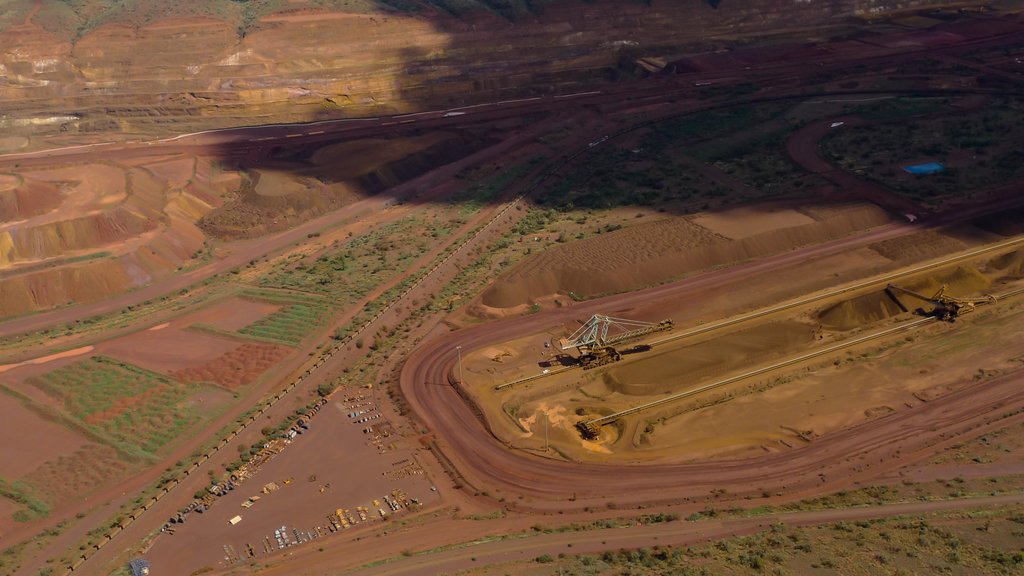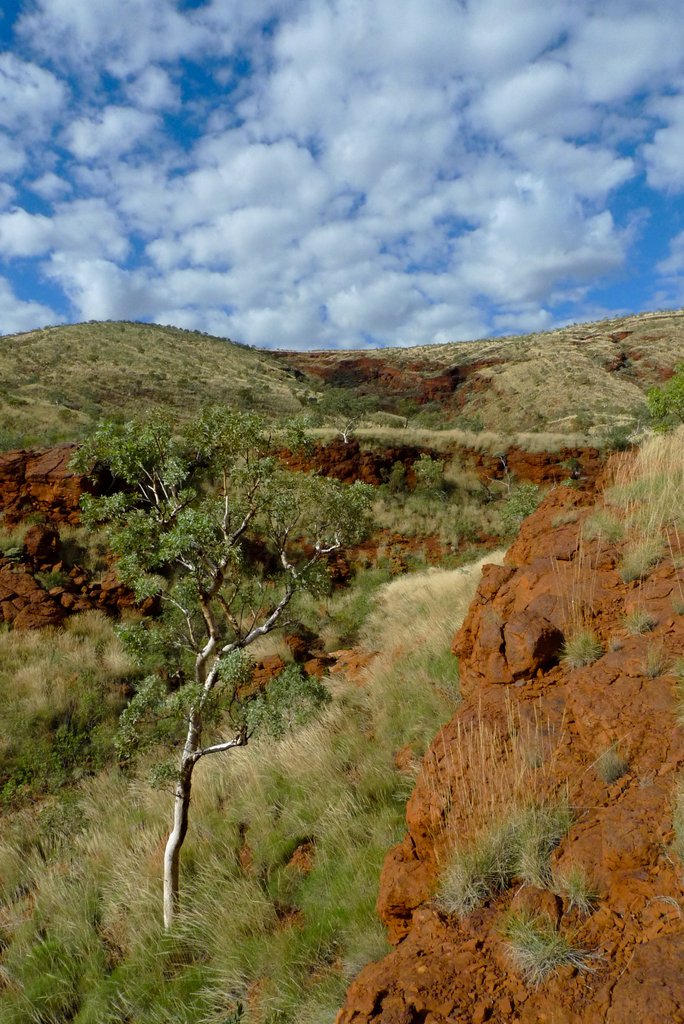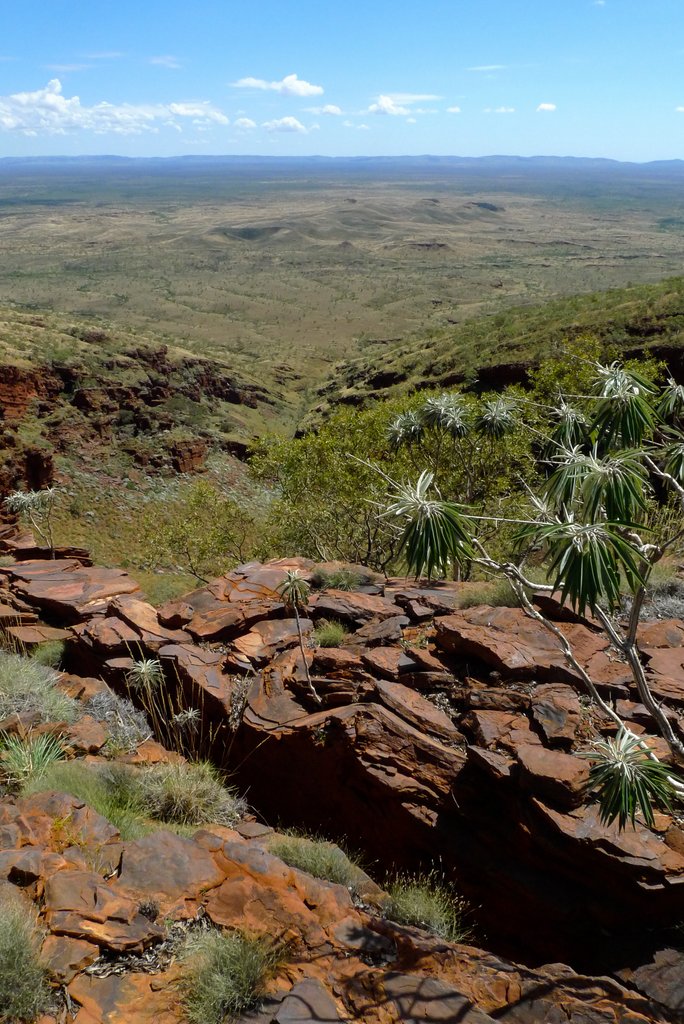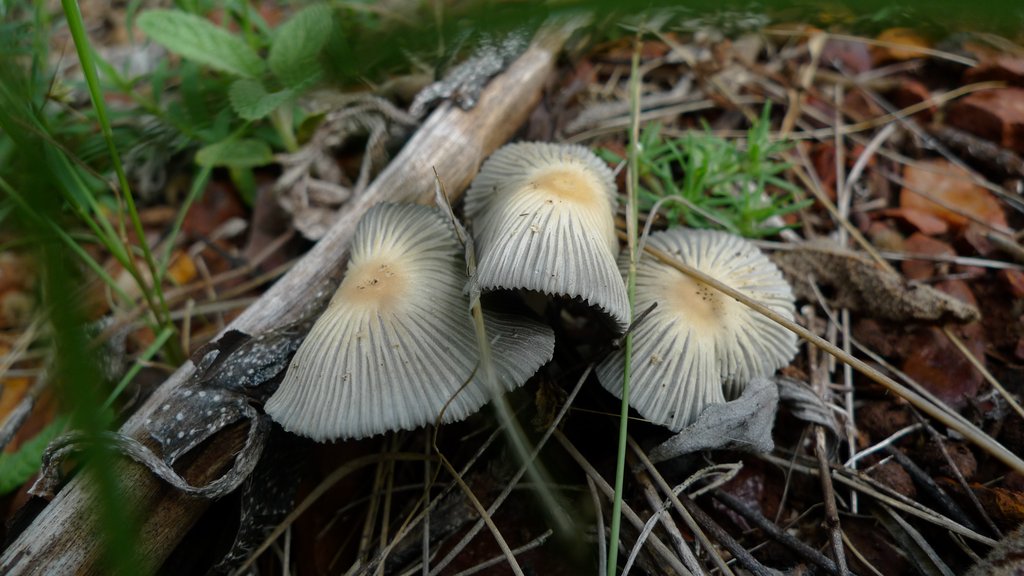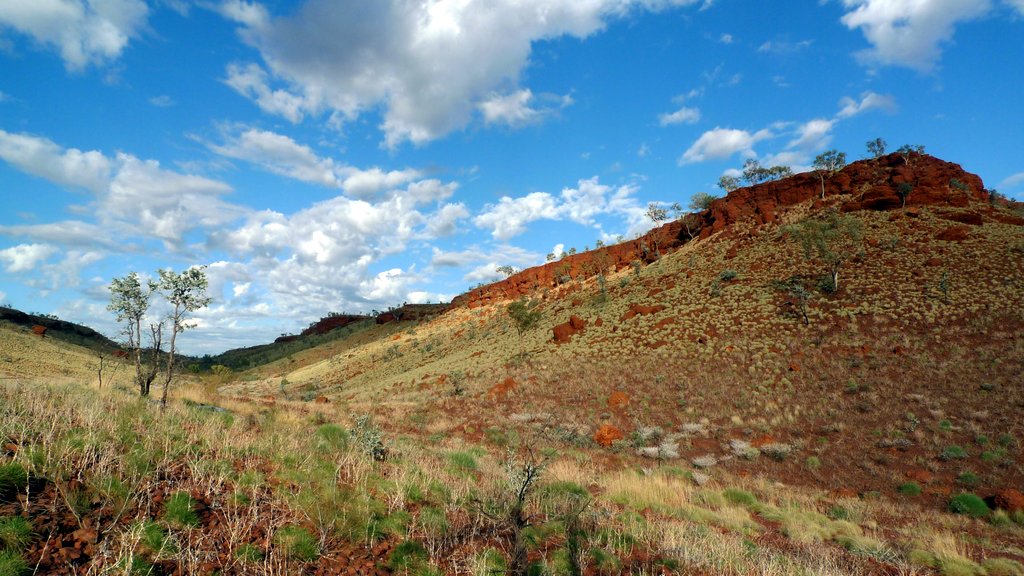Definitely long overdue for an update. While I have a few things to catch up with from late last year, I’ve recently spent some time botanising in the Pilbara; near Newman and Port Hedland, and I’ll post about the Newman work now.
I spent a couple of weeks working near Newman, spread over two periods in November last year and March this year. Both jobs were flora surveys for mining proposals, and both jobs involved the use of a helicopter. I was quite excited about this at first, however the fun soon wore off. The helicopter was small, cramped, difficult to get in and out of, hot, noisy, and imparted a sense of hurry to the work which I didn’t enjoy, due to the fact that the pilot would often leave the engine and rotors running while waiting for me to finish off a site.
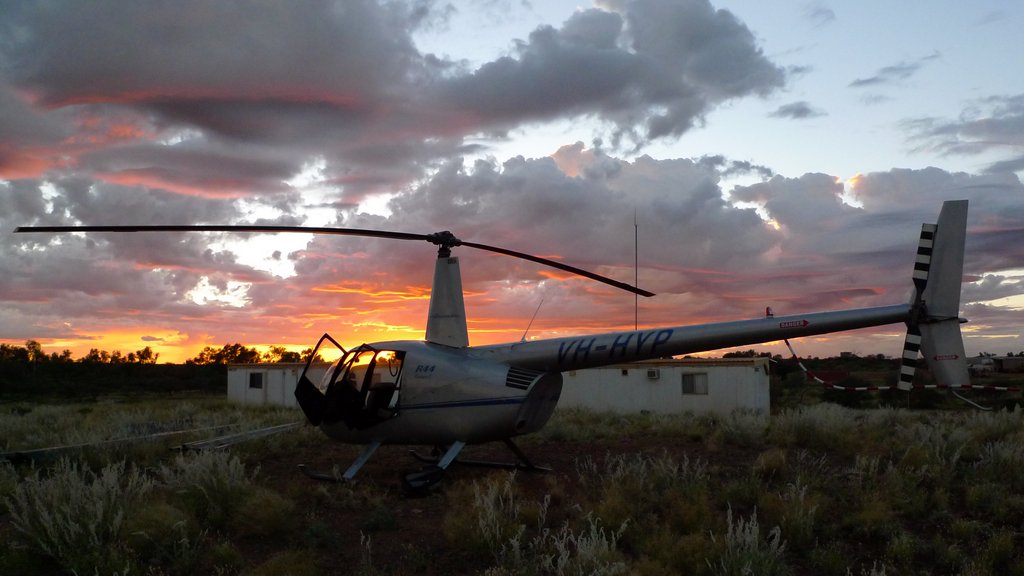
Another day begins
It was a great way to experience the landscape though, and to be able to see changes in vegetation types from above made the work easier. Every landscape has its optimal viewing distance for maximum visual beauty; and the stony hills of the Pilbara are best suited to being seen from about 100m up.
Stony hillsides with creeklines are common land forms in this part of the Pilbara
Being in the helicopter also enabled me to get an interesting (and sometimes slightly scary) angle on the weather. On most days our work was cut short by the development of thunderstorm cells, and several times we dodged around active thundersorms on our afternoon commute back to our camp.
Thunderstorms from the air
The weather was also interesting to photograph from the ground. This is the sky after a storm passed over us at Sylvania Station, where we camped:
While flying in the helicopter, it was interesting to note the number and extent of mining activities in this part of the country, which was mind boggling. Our daily commute took about an hour, and in this time we would pass over three active mines and several areas of development that appeared to be planned mines, as well as various camps and other infrastructure such as railways and roads. It seemed that there was some kind of construction project happening in every valley. If there was no major developments, then there would at least be drill pads on the ridges and sometimes the flats.
Mining landscape
The area north of Newman is known for its stony hills, gorges (exemplified by those at Karijini National Park), and open plains dissected by sandy creeks. The vegetation is ‘spinifex’ Triodia grasses with Acacia shrubs and/or sparse small Eucalyptus trees. Members of the Malvaceae (mallow) family are common shrubs; as are peas.
View from above. Iron plant (Astrotricha hamptonii) in foreground.
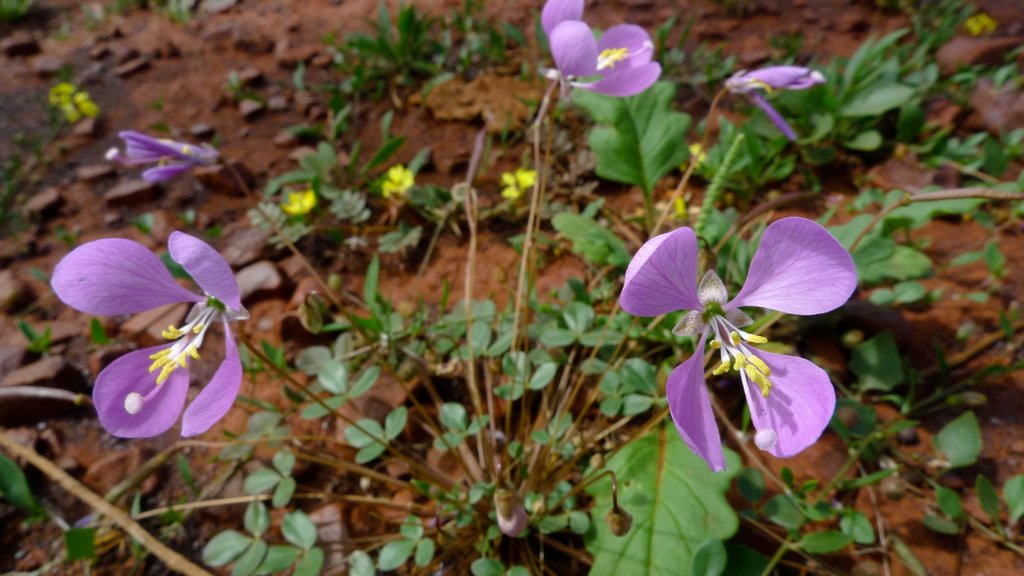 The pretty Cleome oxalidea occurred on clay flats in the area
The pretty Cleome oxalidea occurred on clay flats in the area
I also encountered some mushrooms, both unusual for this area from my experience. An Amanita, found emerging from a rocky hillside, with an unusual double annulus:
And a Coprinus, or related genus, found in a dense creekline:
And a final landscape:

